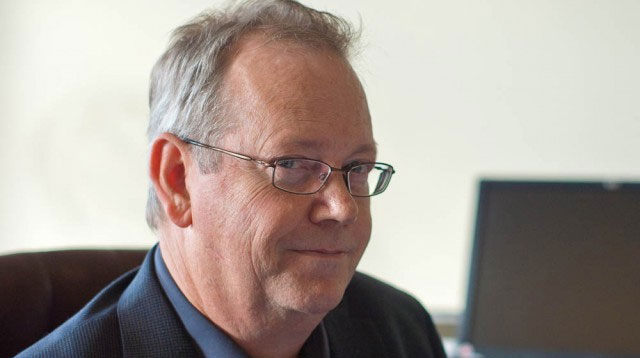
South Africa finally has the regulations in place that will guide the country’s migration from analogue to digital terrestrial television and the good news for telecommunications operators is that a big chunk of the spectrum that will be freed up through the process has been reserved for broadband.
The regulations are needed so South Africa can kickstart the period of “dual illumination”, where both analogue and digital signals will coexist while consumers upgrade to the digital set-top boxes needed to receive the new broadcasts. Once dual illumination ends, a large chunk of spectrum in two “digital dividends” will be freed up for telecoms.
The bad news for telecoms operators is that, because of multiple delays in the migration process, this is unlikely to happen before mid-2015, when the country has to meet an International Telecommunication Union deadline to switch off analogue broadcasts.
Independent Communications Authority of South Africa (Icasa) councillor William Currie says two dividends of spectrum will be made available for telecoms applications, covering all of the frequency bands between 694MHz and 862MHz. This spectrum is ideally suited for the next-generation of mobile broadband and has properties that make it cheaper to roll out services outside the urban centres.
The final migration regulations have been years in the making, and were delayed several times, including because of a controversial decision by former communications department director-general Mamodupi Mohlala to entertain a hybrid Japanese-Brazilian digital broadcasting standard instead of the European standard the country had already agreed to use. South Africa eventually decided on the second generation of the European standard, which makes better use of available spectrum, but only after a year of additional delay.
Currie says allocating two digital dividends below 1GHz will help to address the delivery of universal broadband access while still ensuring there is greater consumer choice in terrestrial television broadcasting.
With as many as seven multiplexes — or chunks of spectrum — being made available to broadcasters after migration to digital has been completed, this will allow for as many as 140 standard-definition (SD) terrestrial channels, Currie estimates. However, many broadcasters are likely to use their spectrum allocations for high-definition (HD) channels, which consume more bandwidth, or for a mixture of HD and SD channels. Icasa will not dictate which picture quality broadcasters should use, he adds.
Two multiplexes will be made available immediately for digital broadcasts, with the SABC getting 85% of the first multiplex. The remaining 15% will be reserved for community service broadcasters. E.tv will get 55% of a second multiplex — enough for 11 standard-definition channels — with M-Net getting the remaining 45%.
At the same time as the publication of the final migration regulations, Icasa is issuing draft regulations meant to promote diversity and competition in digital terrestrial television broadcasting. It looks likely that Icasa will make a third multiplex available for use by new free-to-air broadcasters, community service television companies and pay-TV operators. Icasa intends to publish an amendment to the broadcasting frequency plan to convert a second multiplex that was to be used by mobile television broadcasters into this third multiplex for digital terrestrial television. — (c) 2012 NewsCentral Media

